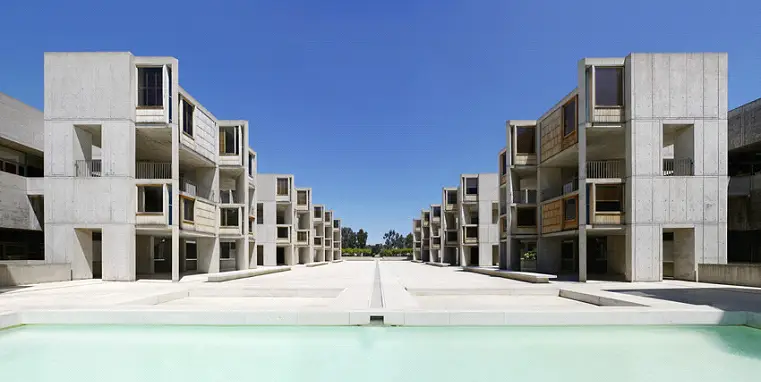The Architectural Marvel of the Salk Institute: A Blend of Science and Serenity
Nestled on the coastal cliffs of La Jolla, California, the Salk Institute for Biological Studies stands as a testament to the harmonious blend of science and architectural brilliance. Designed by the renowned architect Louis Kahn, the Salk Institute is not only a hub for ground-breaking scientific research but also an icon of modernist architecture.
Visionary Beginnings
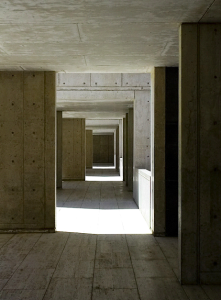
The Salk Institute was the brainchild of Dr. Jonas Salk, the developer of the first successful polio vaccine. In the early 1960s, Salk envisioned a research facility that would attract the world’s best minds and inspire their scientific pursuits. He sought an architect who could translate this vision into a physical space that fostered creativity and collaboration. Louis Kahn, known for his profound understanding of space and light, was selected for this ambitious project.
Architectural Design
-Kahn’s design for the Salk Institute is characterized by its simplicity, functionality, and profound beauty. The institute consists of two mirrored structures flanking a central courtyard, which aligns perfectly with the Pacific Ocean. This layout creates a sense of symmetry and balance, evoking a feeling of tranquility and focus.
-The buildings are constructed from concrete, teak, lead, glass, and steel, chosen for their durability and aesthetic appeal. The use of raw concrete, a signature element of Kahn’s work, gives the buildings a timeless, monolithic presence. The teak wood, which has weathered to a silver-grey over time, adds warmth and texture, softening the starkness of the concrete.

The Courtyard: A Sacred Space
-At the heart of the Salk Institute lies the central courtyard, often described as a “sacred space.” The courtyard is divided by a thin, linear fountain, known as the “River of Life,” which runs from the edge of the buildings towards the ocean. This water feature not only enhances the aesthetic quality of the space but also serves as a symbol of life and continuity, reflecting the institute’s mission to understand and protect life.
-The open expanse of the courtyard, devoid of any distractions, encourages contemplation and introspection. The view from the courtyard, stretching out to the vast Pacific Ocean, underscores the infinite possibilities that scientific research can unlock.
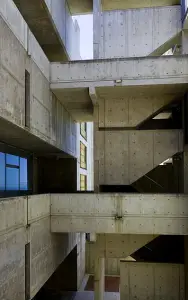
Integration with Nature
Kahn’s design philosophy was deeply rooted in the belief that architecture should coexist harmoniously with nature. The Salk Institute exemplifies this principle through its thoughtful integration with the surrounding landscape. The buildings are oriented to maximize natural light, reducing the need for artificial lighting and creating a dynamic play of light and shadow throughout the day. The orientation also takes advantage of the ocean breeze, providing natural ventilation and contributing to a comfortable working environment.
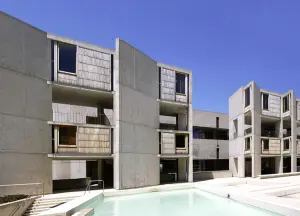
A Legacy of Inspiration
Since its completion in 1965, the Salk Institute has been more than just a place of work; it has been a source of inspiration for scientists, architects, and visitors alike. The institute’s design fosters an environment where scientific inquiry and creativity can thrive, echoing Jonas Salk’s vision. It has been recognized as a historic landmark and continues to be celebrated for its architectural significance.
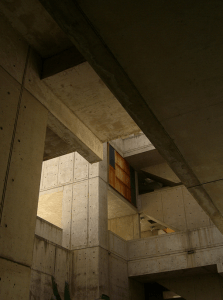
Conclusion
The Salk Institute stands as a monument to the union of form and function, a place where the pursuit of knowledge is elevated by the power of architectural beauty. Louis Kahn’s masterpiece remains a beacon of inspiration, reminding us that great architecture can shape not only our environment but also the way we think and innovate. The Salk Institute is a timeless example of how architecture can serve humanity, nurturing the mind and spirit in the quest for discovery.
What are your thoughts? Tell us in the comments below.
